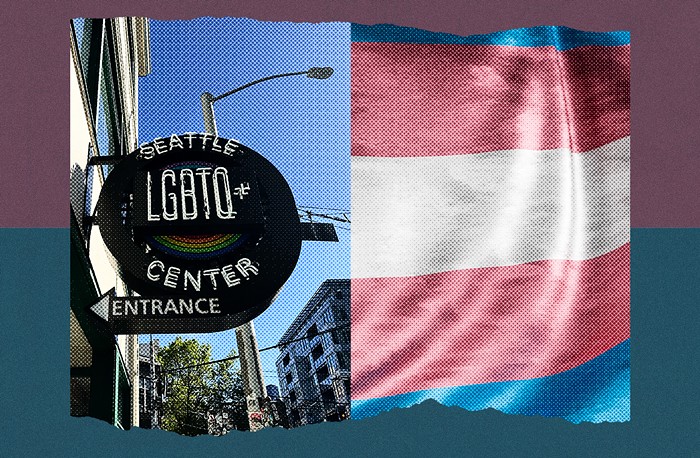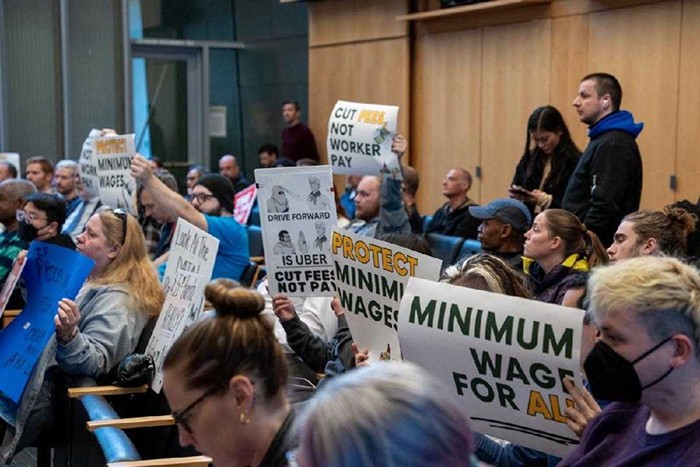Local unions will rally to support Gaza: On Saturday, Pacific Northwest Labor Unions, which represent 150,000 workers, will rally outside of the Federal Building in Seattle to call for a ceasefire in Gaza and to end United States military aid to Israel. The unions, which include MLK Labor, UFCW 3000, SEIU 775, UAW 4121, OPEIU 8, Restaurant Workers United, Seattle Education Association, Tacoma Education Association, and Protec 17 are asking elected officials “to fight to to fund our communities, not war,” according to a press release.
SPD is not for the girls: At least, that’s what a lawsuit filed by four women who work at the Seattle Police Department says. The $5 million lawsuit alleges sexual discrimination and harassment. This comes on the heels of a February report detailing women employees' experiences of sexual harassment and SPD's "good ol' boy's club" environment that prevented women from climbing the ranks. Additionally, in the last six months two senior women officers sued SPD for discrimination in separate lawsuits. This most recent lawsuit lists the "primary perpetrators" as Chief Adrian Diaz, Lt. John O’Neil, and Human Resource Manager Rebecca McKechnie. I can't say I'm surprised to hear that cops are virulent misogynists.
Continue reading »





















